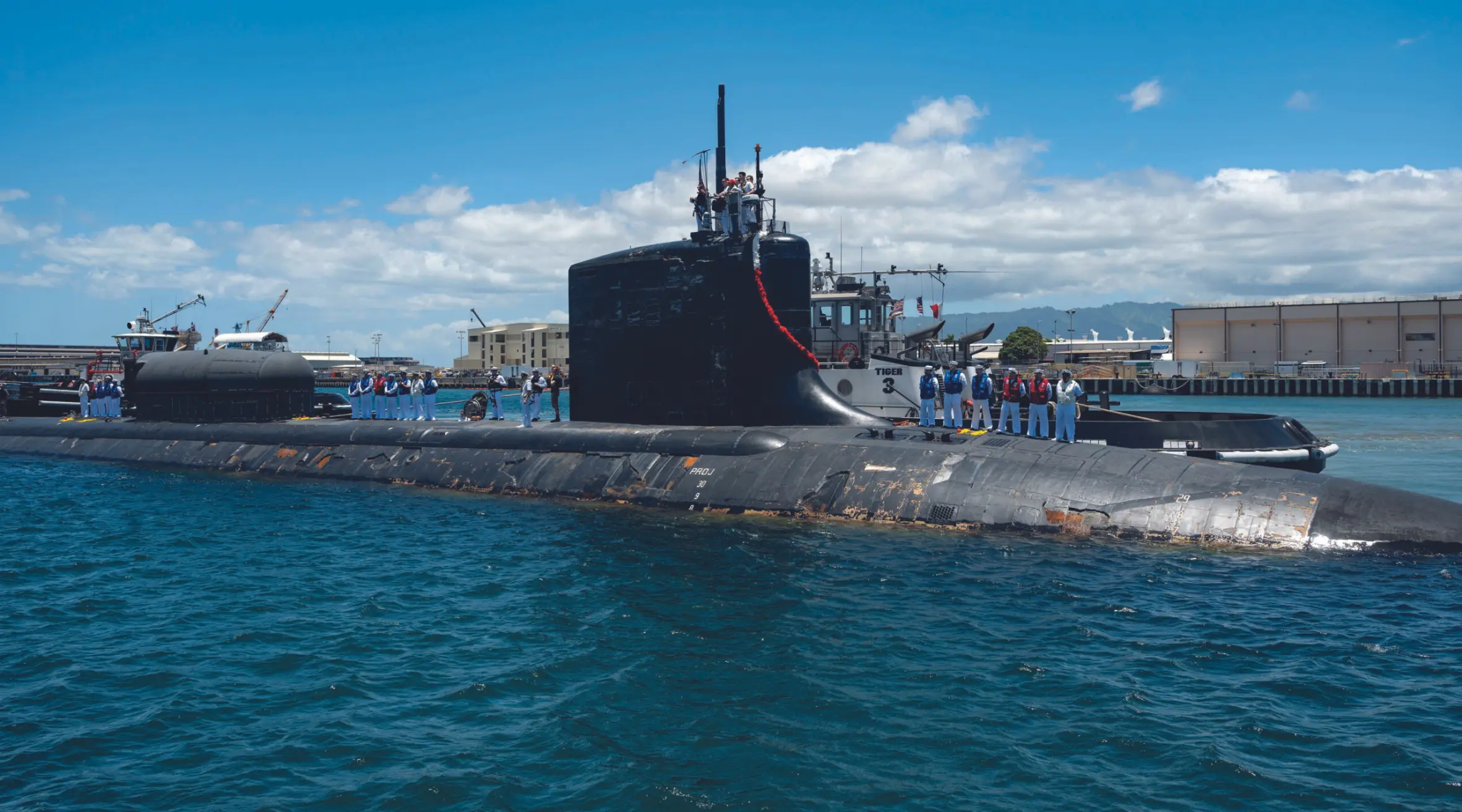China (Transatlantic Today)— Amid the focus on China’s growing submarine fleet and the protracted debate about AUKUS, other East Asian countries continue to invest in submarines, seeking to add boats or to finally acquire them to counter rivals and defend their interests as tensions in the region rise
Strategic Investments Amid Rising Tensions
According to Breakingdefense, as China’s submarine fleet expands and debates about AUKUS continue, East Asian countries are intensifying their focus on submarines. These efforts, long in the making, have gained momentum as the regional security outlook deteriorates. Significant investments by Northeast and Southeast Asian militaries have made the region a hotspot for undersea-warfare advancements, according to the Institute for International and Strategic Studies’ latest Military Balance report.
Utility and Prestige of Submarines
Because of their importance in managing and protecting sea passages, submarines are significant in a region home to some of the world’s major archipelagic nations. Submarines can be a matter of prestige or a means of keeping up with their neighbors for navies striving for distinction. According to the IISS report, some in the area want additional submarines “to improve their existing capacities,” while others want them “to create an undersea arm to their naval inventories to provide insurance against political uncertainties.” Although the capabilities of the submarines those nations are developing or operating differ, they nonetheless signify a buildup with significant ramifications in an area defined by sea access.
Northeast Asia: Advanced Submarines Deployed
In Northeast Asia, some of the US’s closest allies have deployed advanced submarines this year 2024. Taiwan launched its first domestically built Hai Kun-class submarine, expected to be delivered to its navy later this year and commissioned in 2025. Despite challenges from China, Taiwan plans to build another submarine by 2027, aiming for a fleet of eight.
Japan commissioned its latest Taigei-class submarine, the JS Jingei, in early March. Japan’s shipbuilding capability allows it to launch a new Taigei-class sub annually, maintaining a fleet of 22 submarines. These subs feature advanced stealth design, improved sensors, and lithium-ion batteries.
ROKS Shin Chae-ho, South Korea‘s latest diesel-electric attack submarine, was launched in April. There are intentions to build more Dosan Ahn Changho-class submarines in the future. This is the last submarine of the initial batch. These submarines have vertical ballistic missile launch tubes and sophisticated fuel cells.
Motivations Behind Submarine Acquisitions
Defensneighbouringe against neighboring dangers is the common reason for these purchases in Taiwan, Japan, and South Korea. In reaction to North Korea’s growing nuclear arsenal, South Korea deployed ballistic missiles from submarines. Japan’s new submarines improved its defenses, concentrating on preventing Chinese warships from passing. Taiwan‘s subs aim to disrupt Chinese naval operations around the Taiwan Strait.
Southeast Asia: Expanding Submarine Fleets
Southeast Asian countries are also pursuing new submarines. Singapore launched its fourth Invincible-class submarine, Inimitable, in April. These custom-built subs are expected to be in service by 2028, replacing older models.
The Philippines approved the purchase of submarines in its military modernization program, focusing on maritime defense. Indonesia signed a contract with France for two Scorpène Evolved submarines, enhancing its fleet with advanced capabilities. Thailand cleared a hurdle in its decade-long effort to build new submarines, opting to use Chinese engines for its Yuan-class subs.
Diverse Drivers of Submarine Pursuits
Southeast Asia’s interest in submarines stems from various motivations. For countries like the Philippines and Vietnam, direct threats from China drive their submarine acquisitions. Other countries seek submarines for strategic reasons, such as securing sea lanes and maintaining regional parity.
According to Collin Koh, a senior fellow at the S. Rajaratnam School of International Studies, the primary motivation for many Southeast Asian countries is to hedge against geopolitical uncertainties and keep up with their neighbors’ growing fleets. Submarines serve as a critical component of their national defense strategies in an increasingly unpredictable region.


























